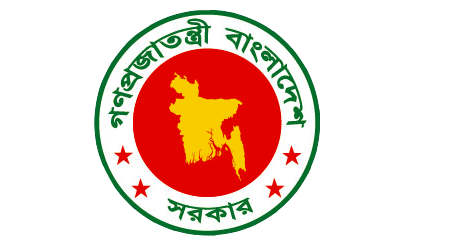Many development agencies regard the concept of household food security—often defined as adequate access to food at all times, throughout the year and from year to year—as a guiding principle for designing interventions in rural areas. A commitment to household food security carries with it an important implication for development practitioners, namely the need to measure food security outcomes at the household and individual level. Measurement is 1 necessary at the outset of any development project to identify the food insecure, to assess the severity of their food shortfall and to characterize the nature of their insecurity (seasonal versus chronic). Further, it provides the basis for monitoring progress and assessing the impact of these
projects on the beneficiaries’ food security. Food security is a concept that has evolved considerably over time and there is much literature on potential household food security indicators. There are approximately 200 definitions and 450 indicators of food security. One volume on household food security by Maxwell and Frankenberger (1992) lists 25 broadly defined indicators. Riely and Moock (1995) list 73 such indicators, somewhat more disaggregated than those found in Maxwell and Frankenberger. Chung et al. (1997) note that even a simple indicator such as a dependency ratio can come with many different permutations. They list some 450 indicators. Consequently, an important methodological problem for development practitioners is to determine which indicators are appropriate, given the project being proposed. Hence the title of this guide, choosing household food security indicators.
In the work by Maxwell and Frankenberger, a distinction is made between “process indicators”—those that describe food supply and food access—and “outcome indicators” that describe food consumption. This guide focuses only on the latter for two reasons. However, process indicators are insufficient to characterize food security outcomes. Chung et al. (1997) found that there is little correlation between a very large set of process indicators and measures of food security outcomes. This finding echoes the conclusion of some development agencies, namely that there is little correlation between area-level food production and household food security (IFAD 1997, p. 13). The guide also recognizes that development agencies, and their local collaborators, face significant financial and time constraints. Undertaking very detailed household and individual surveys on an ongoing basis to characterize, monitor, and measure impact is infeasible—either because the time spent on these activities does not fit into the standard project cycle, the skills to implement and analyze such data are not available, or because purchasing these skills—say by contracting to outside consultants—is prohibitively costly. Mindful of this constraint, an objective of this guide is to show how simple measures of food security outcomes can be constructed and compared. These methods have been chosen so as to be accessible to anyone with a very basic grounding in statistics and access to a spreadsheet software program such as Microsoft Excel.
Click on the image to view



